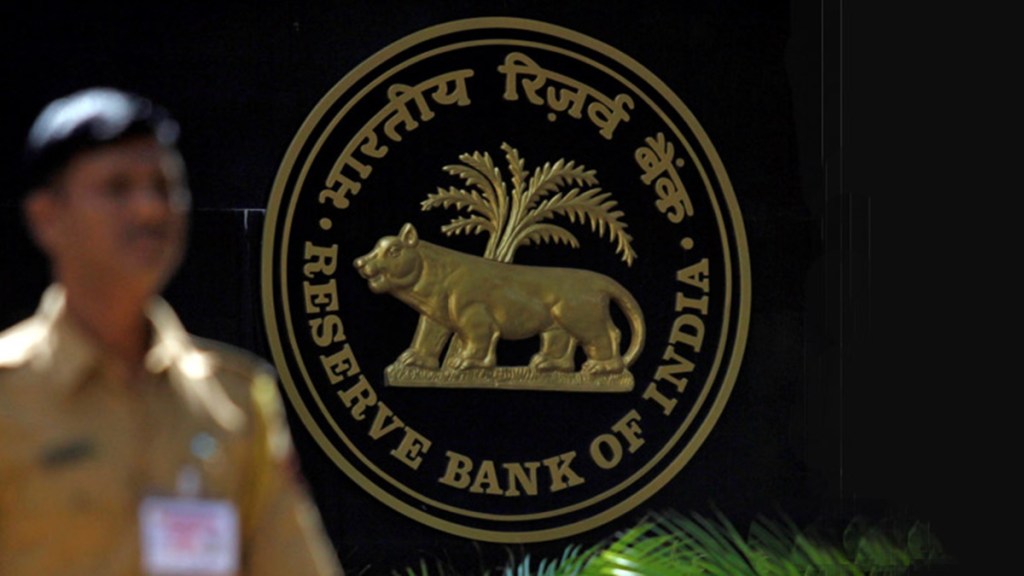The Reserve Bank of India (RBI) on Wednesday announced a 25 bps cut in key interest rate to 6 per cent with a unanimous vote. The MPC also changed its stance from neutral to accommodative as the adverse global macro-economic environment warrants support to domestic growth, while inflation remains benign. “The MPC’s decision on rates and stance was in line with our expectations, to lend support to growth, amid global economic volatility. We expect RBI to remain pro-active in injecting liquidity, as per the evolving conditions and also unwind some regulatory tightening in the coming months. We pencil in another rate cut of 25 bps in the June policy. Furthermore, we see risks of a deeper rate cut cycle, with additional 50-75 bps rate cuts, if domestic growth remains lacklustre/weakens from here on,” said Upasana Chachra, Chief India Economist, Morgan Stanley.
RBI pares down GDP and CPI estimates for FY26
The central bank lowered its GDP forecast to 6.5 per cent YoY for FY2026, from 6.7 per cent earlier, pencilling in risks from tariffs and policy uncertainty at the global level. “While the RBI remains constructive on India’s domestic demand, external headwinds have exacerbated downside risks. To be sure, we see downside risk of 30-60bps to our GDP estimate of 6.5 per cent YoY, led primarily by the second order impact of a dent on investor confidence and capex cycle,” the Morgan Stanley report stated. The quarterly path is as follows: 6.5 per cent in Q1FY26, 6.7 per cent in Q2FY26, 6.6 per cent in Q3FY26 and 6.3 per cent in Q4FY26.
The RBI lowered its inflation projection for FY26 to 4 per cent from 4.2 per cent estimated in February, taking into account good agricultural output and falling crude prices. The RBI MPC flagged a sharp turnaround in food inflation trends as a key driver behind the improvement. The central bank projected FY26 CPI inflation at 4.0 per cent, with Q1 at 3.6 per cent, Q2 at 3.9 per cent, Q3 at 3.8 per cent, and Q4 at 4.4 per cent.
Further, in terms of liquidity surplus, the RBI governor, the post-policy presser, assured sufficient surplus liquidity to maintain benign financial conditions and facilitate transmission of policy easing to real economic variables.
The MPC decided to cut rates by an additional 25bps, taking the cumulative easing to 50bps thus far, in the current rate easing cycle. Furthermore, the stance was changed to accommodative, so as to prioritise support to growth, amid an uncertain global environment, as it derives comfort on the inflation outlook.

